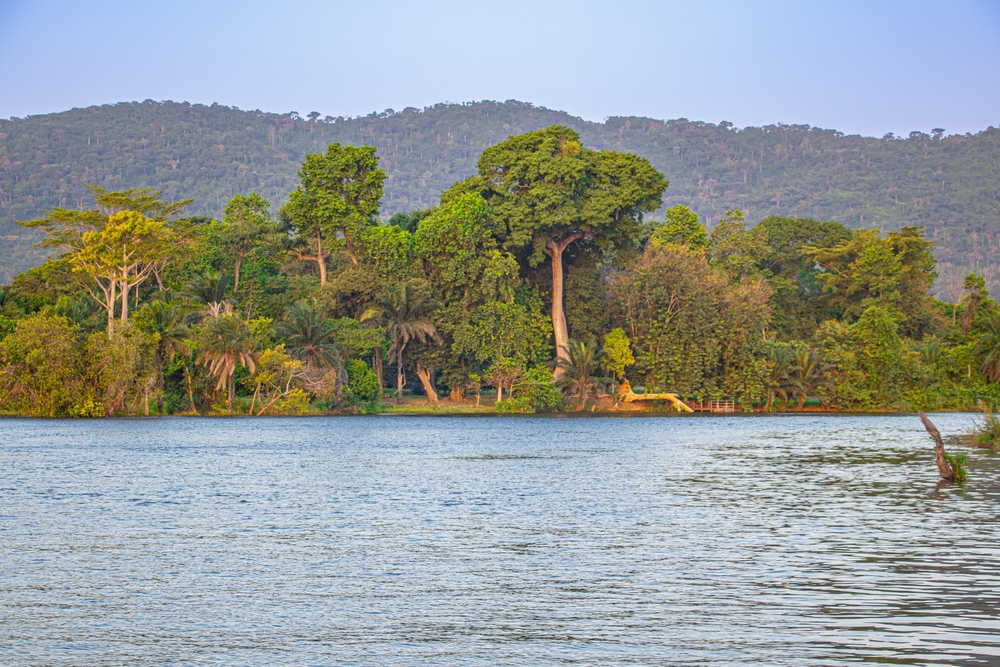Bui Overview
Bui National Park, locally referred to as Parc National de Bui, is one of Ghana’s most spectacular natural reserves, encompassing a diverse array of ecosystems. Situated along the border of the Bono and Savannah Regions, the park covers an impressive 1,821 square kilometers (703 square miles), making it one of the largest protected areas in the country. Established in 1971, Bui National Park is renowned for its scenic beauty, diverse wildlife, and cultural significance, attracting eco-tourists and conservationists alike.
The park’s most iconic feature is the Bui Gorge, carved by the mighty Black Volta River, which flows majestically through the park. This river forms the lifeblood of the park’s ecosystems and is central to its identity. The Bui Dam, constructed within the park, has created a reservoir that adds to the park’s scenic allure and provides opportunities for boating and fishing. Visitors to Bui National Park can experience breathtaking views of the gorge, tranquil riverbanks, and lush vegetation.
Bui National Park is home to an extraordinary variety of wildlife. It is perhaps best known for its population of hippopotamuses, which thrive in the Black Volta River. These gentle giants can often be seen wallowing in the river’s calm waters, offering visitors a rare chance to observe them in their natural habitat. The park is also home to roan antelope, waterbuck, and bushbuck, which graze the savannah grasslands. Predators such as leopards and smaller carnivores, like civets, add to the park’s biodiversity.
Birdwatchers are treated to a feast of avian diversity, with over 250 recorded species. Highlights include the white-backed vulture, red-throated bee-eater, and senegal parrot. Migratory waterbirds are also a common sight, drawn to the park’s wetlands and riverbanks. The combination of savannah, riverine forests, and wetlands creates a haven for birdlife.
The park’s flora is equally diverse, with vast expanses of savannah grasslands interspersed with riparian forests along the riverbanks. Towering trees such as mahogany and kapok provide shade and shelter, while aquatic plants thrive in the river and reservoir, supporting the park’s intricate ecosystems.
Conservation efforts in Bui National Park focus on preserving its unique biodiversity and mitigating the environmental impact of the Bui Dam. Collaborative initiatives between government agencies, local communities, and international organizations aim to protect the park’s flora and fauna while promoting sustainable tourism. Anti-poaching measures, habitat restoration projects, and environmental education programs are key components of the park’s conservation strategy.
Visitors to Bui National Park can enjoy activities such as boat safaris on the Black Volta River, guided wildlife tours, and birdwatching expeditions. The park’s serene atmosphere, stunning landscapes, and abundant wildlife make it an ideal destination for nature enthusiasts.
In summary, Bui National Park is a testament to Ghana’s commitment to preserving its natural heritage. Its iconic gorge, thriving wildlife, and conservation efforts make it a jewel of West African biodiversity.













































































